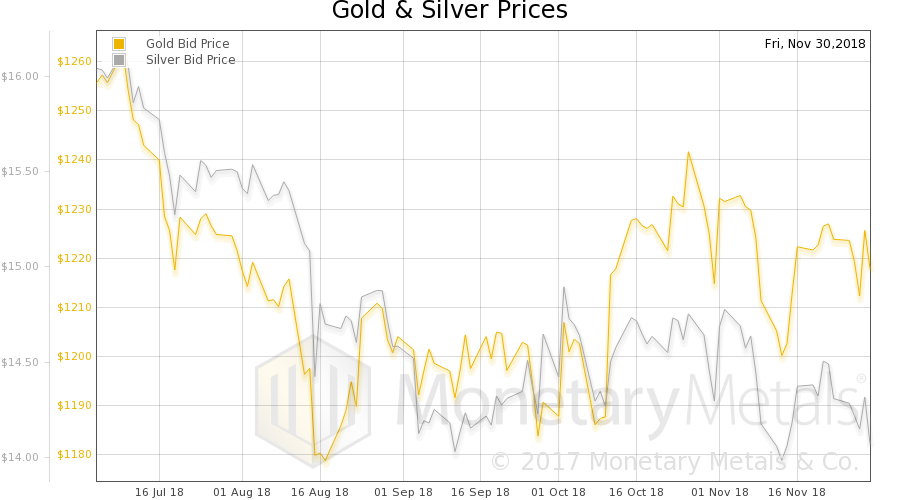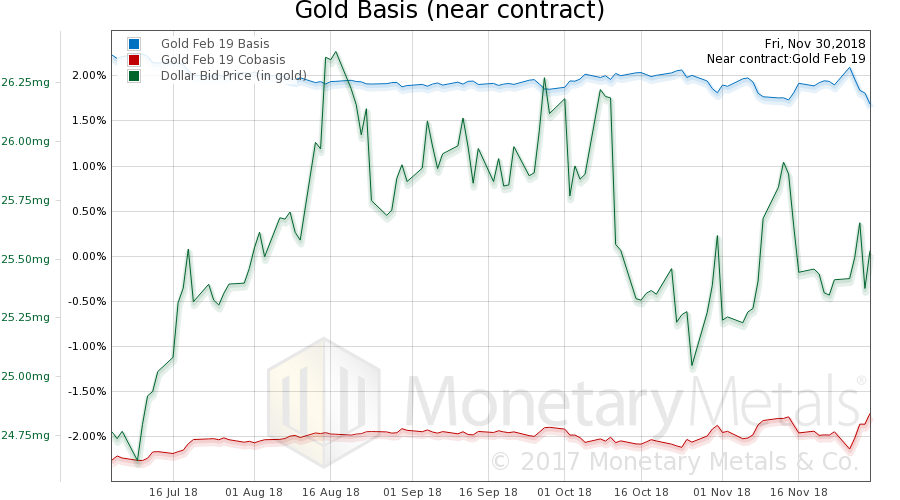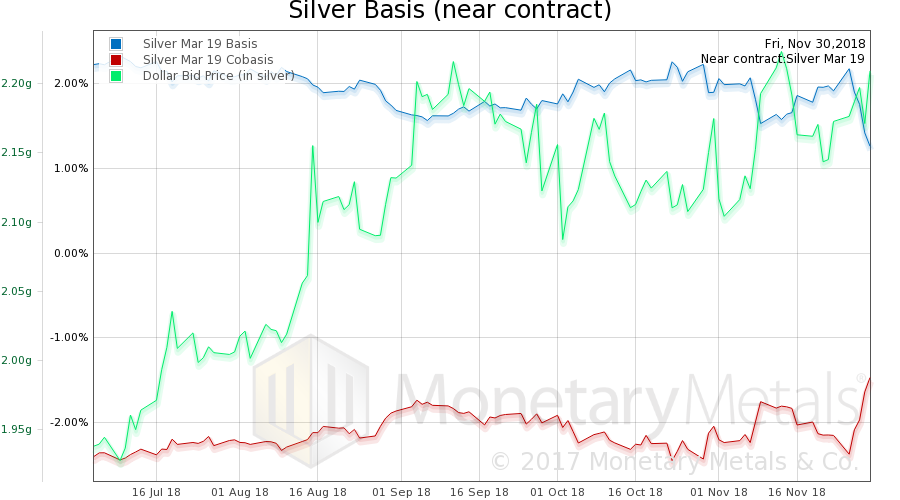What is inflation?
Any layman can tell you—and nearly everyone uses it this way in informal speech—that inflation is rising prices. Some will say “due to devaluation of the money.”
Economists will say, no it’s not rising prices per se. That is everywhere and always the effect. The cause, the inflation as such, is an increase in the quantity of money. Which is the same thing as saying devaluation. It is assumed that each unit of money commands a pro rata share of all the goods produced, so if there are more units then that means each unit is worth less. Value = 1 / N (where N is the number of units outstanding).
There are different ways that the quantity of money can expand. It depends on what kind of monetary system you have. For example, the miners increase the quantity of gold. In free banking, the banks increase the quantity of gold-redeemable notes. In our irredeemable monetary system, the Fed increases the quantity of dollars.
Do these increases have the same cause and the same effect? Hell, no! The gold miners go to work if the cost of mining an ounce of gold is less than one ounce worth of labor, energy, and tooling. The banks issue more notes if the yield on short term bills goes up. The Fed creates more dollars if either their model tells them to do administer another dose, or politicians twist their arm (as may be about to occur now with President Trump pressuring Fed Chairman Jerome Powell).
| Our friend Steve Saville writes about this. We agree with him on many topics, most recently we both wrote to debunk the gold-backed yuan fantasy.
However, when he talks of gold inflation, we take exception. Gold mining is an honest business. Whether or not one believes that it causes prices to rise (we don’t), can we all agree that the word for gold mining should not be the same as the word for the pernicious counterfeiting of dollars? Or the word for monetary central planning by the Fed? Someone ought to look into the difference causes and effects of the (at least) three different mechanisms for increasing the quantity of money or currency that we described above. They are not the same. Not at all. Speaking of inflation, Keith spoke at Capitalism and Morality on inflation. He defines it as the counterfeiting of credit. It is a moral issue first, before it’s an economic issue. Here is the video of his talk Inflation is Counterfeiting. We aren’t fighting against 2% price increases. No one mans the barricades for a statistic. We are fighting for the idea that civilization itself depends on investment, and investment depends on honesty. This Report was written from Perth. Keith is also visiting Sydney, and Auckland. If you would like to meet, please contact us. |
|
Supply and Demand FundamentalsThe price of gold was about unchanged this week, whereas that of silver fell another nine cents. All Serious Right Thinking people agree that the world does not need gold. Indeed our monetary system produces Great Moderations that are totally unlike the incredible volatility of the gold standard era. They wish they could kill all memory of gold as money. They don’t do this by pushing the price down, but by encouraging people to think of gold as a chip in the Fed’s casino. Something you buy because it’s going up. Or short because it’s going down. Something that is supposed to go up in response to increases in the quantity of what now passes for money (which is the basis for one of notion of a modern gold standard—just have the Fed target the gold price). When it, of course, doesn’t then people lose that much more faith in the metal. Somewhere, Emperor Palpatine is chuckling with a dry, mirthless laugh. “Good.” Of course Palpatine is malevolent. Those under his spell, who sell their gold never to touch it again (or so they think) are making a mistake. As an aside, there is a curious feature of the monetary debate. We cannot think of any other policy debate which has this feature. The would-be revolutionaries accept the same false beliefs as the court philosophers. Take this idea of the so called great moderation. It wasn’t great except the amount of debt added, with diminishing return. It wasn’t moderate, if take your eyes off consumer prices (soft) and asset prices (relentlessly rising). It was an epic collapse in interest rates! Some advocates of the gold standard use the great moderation as an argument, claiming that this was due to a Fed policy that kept the gold price within a range. Which is it? Is the Great Moderation (so called) an argument for the brilliance and wisdom and efficacy of central planning? Or is it an argument for the gold standard? Or is it a hybrid, an argument for central planning based on? One way or the other, gold will come back into use as money. Whether it will be the gentle way (which is what Monetary Metals is working to bring about) or whether the hard way, with gold being the only thing left standing after the paper currencies burn down, people will once again realize that money is the most marketable commodity. And the extinguisher of debt. Gold. That day is coming—but as Aragorn would say “today is not that day.” Today, let’s look at the only true picture of the supply and demand fundamentals of gold and silver. But, first, here is the chart of the prices of gold and silver. |
Gold and Silver Price(see more posts on gold price, silver price, ) |
Gold: Silver RatioNext, this is a graph of the gold price measured in silver, otherwise known as the gold to silver ratio (see here for an explanation of bid and offer prices for the ratio). It rose to a new record this week. |
Gold:Silver Ratio(see more posts on gold silver ratio, ) |
Gold Basis and Co-basis and Dollar PriceHere is the gold graph showing gold basis, cobasis and the price of the dollar in terms of gold price. This week, there was little change in the price, but gold got a bit scarcer in the market (as of the PM fix, when the price was down). However, the Monetary Metals Gold Fundamental Price feel another $17 this week to $1,299. |
Gold Basis and Co-basis and Dollar Price(see more posts on dollar price, gold basis, Gold co-basis, ) |
Silver Basis and Co-basis and Dollar PriceNow let’s look at silver. In silver, the picture is clearer. The price of silver in dollars (inverse to what’s shown, the price of the dollar in silver) fell. But the scarcity of the metal (i.e. cobasis, the red line) rose a lot. So unsurprisingly, the Monetary Metals Silver Fundamental Price rose 20 cents, to $14.93. © 2018 Monetary Metals |
Silver Basis and Co-basis and Dollar Price(see more posts on dollar price, silver basis, Silver co-basis, ) |
Tags: Basic Reports,central planning,dollar price,gold basis,Gold co-basis,gold price,gold silver ratio,inflation,newsletter,silver basis,Silver co-basis,silver price


































